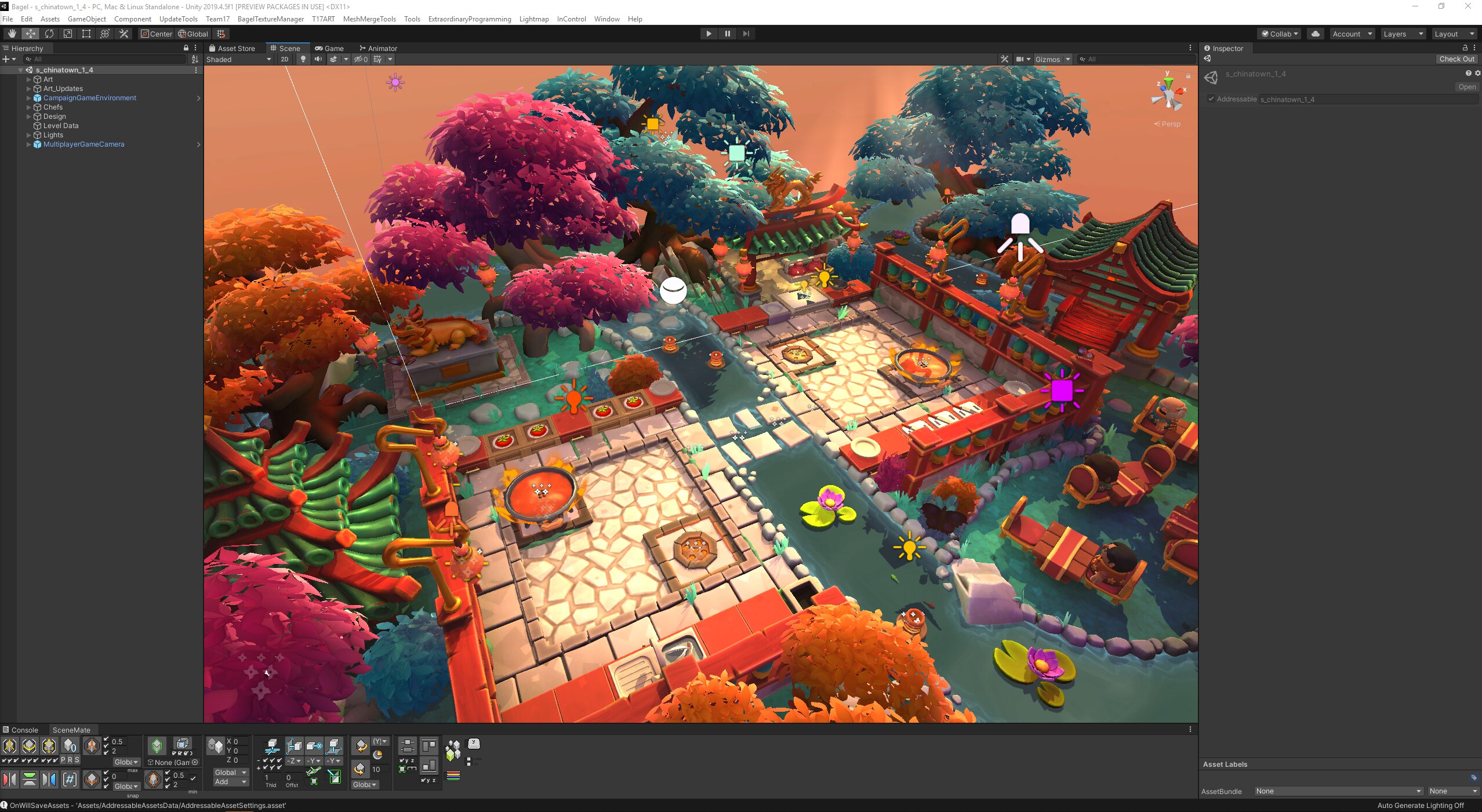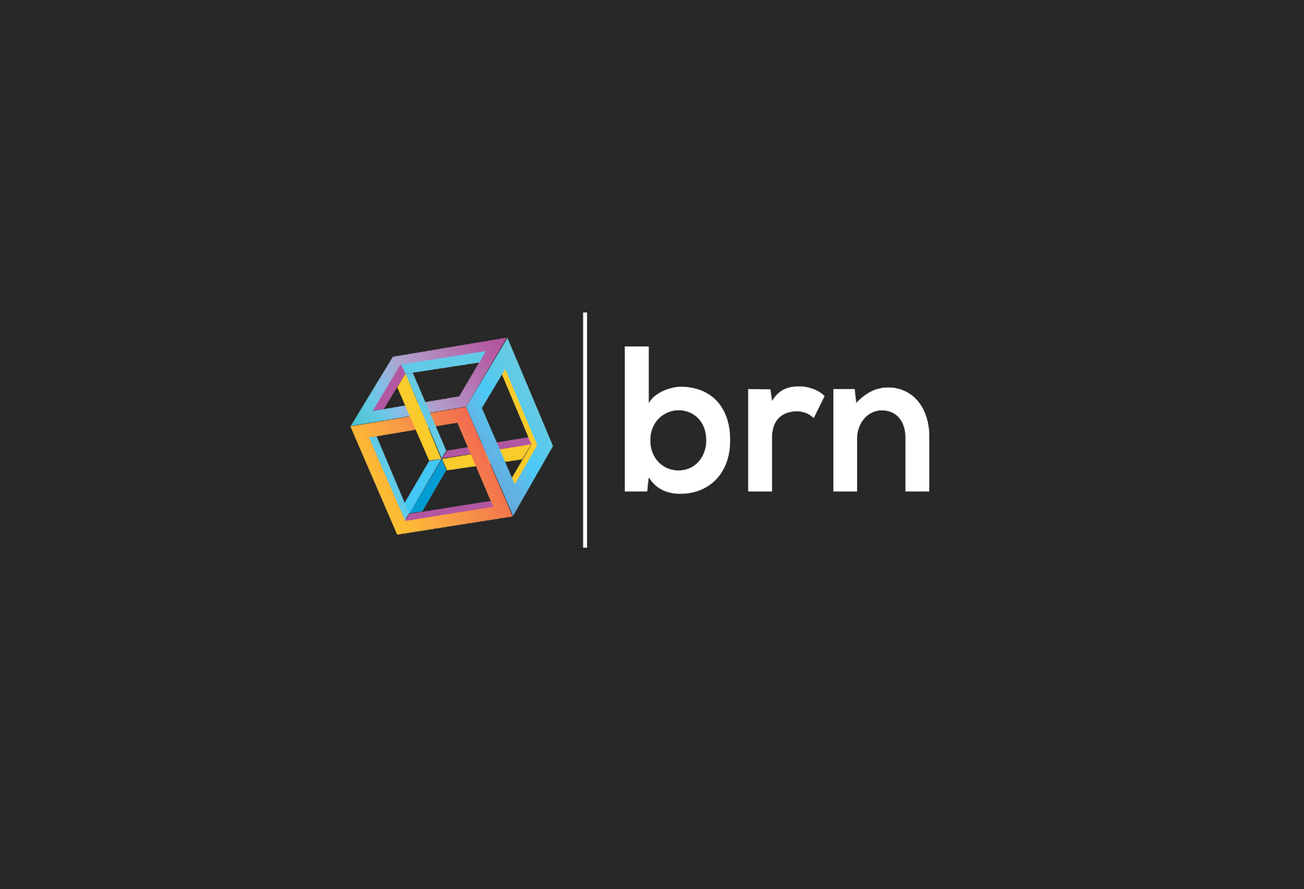Table of Contents
Bullish on the crypto space but can’t stomach the wild intraday volatility? If so, there’s good news for you: the stock market has your back. There was once a time when tech stocks were considered too volatile for traditional investors. However, many of these Web 3.0 titans are the calm in an ocean of crypto chaos, offering lucrative potential with relatively low volatility.
That said, 2022 has been rather turbulent for both markets. Interest rate hikes and the Russia-Ukraine conflict have violently rocked the boat, resulting in even the most stable companies. Nonetheless, a dampened market provides enticing discounts for your portfolio.
Coinbase (COIN)
Coinbase has been on sale since emerging onto the stock exchange in April 2021. With a business model hinging entirely on the crypto market, Coinbase offers the most exposure to crypto without touching crypto directly.
By looking at its stock price chart, you wouldn’t have thought that such a new tech company is profitable. Well, it is. In its most recent earnings, Coinbase reported a 327.4% growth in revenue to US$2.5 billion year on year.
With EBITDA margins of 62% in Q1 2021 and lows of around 48% by the end of the year, Coinbase’s profitability is remarkable.
Coinbase’s upside potential is pegged to the adoption growth rate of crypto. As SkyBridge Capital founder Anthony Scaramucci highlights, “There’s exponential growth that’s going to happen in the cryptocurrency markets. There’s the likelihood of a cash ETF [exchange-traded fund], if not at the end of this year, certainly by the end of next year.”
Scaramucci, who believes there will be 5 million Bitcoin users by 2025, added, “There will just be explosive growth that Coinbase is going to capture.”
In particular, increasing institutional adoption has been a driving factor for Coinbase, as institutional crypto purchases bolster the asset’s place in the financial world.
With 89 million registered users, Coinbase generates most of its revenue from trades. However, its business is diversifying through offerings such as financial custodial services.
The exchange, which is the biggest in North America, is already operating in over 100 countries and is constantly adding new coins. Most recently, Coinbase introduced support for the Solana ecosystem. Cardano staking is also a new feature supported by Coinbase.
Coinbase is trading at more than 54% below its 52-week-high and IPO pop. Its P/E ratio of just 10.70 suggests the company is remarkably undervalued, especially for a tech/growth company.
Matterport (MMTR)
Believe it or not, Matterport garnered massive hype among the stock market community last year. Back then, its stock price was around US$27.00. At the time of writing, Matterport’s stock price is marginally above US$7.00. If it had potential then, does it have potential now?
Matterport is a spatial data company that specialises in bridging AR and AI together. Using cameras to capture real life spaces, Matterport allows users to customise spaces on its virtual platform. An example of their usage is in real estate in which prospective buyers are given virtual house tours whilst agents can virtually furnish the property in a bespoke manner.
Investors were particularly psyched about Matterport’s involvement with Meta. When Facebook rebranded to Meta, Matterport was at the forefront of turning the social media giant’s metaverse into (virtual) reality. However, both Meta and Matterport have seen their stock price drop dramatically since.
Matterport has disappointed with its slow industry adoption and low sales since its 2021 hype. However, its future is still bright. Its brand new Axis device, described as a “hands-free motor mount for precision 3D capture using your phone,” will allow your average user to capture 3D content effortlessly.

The company is also rapidly increasing its partnership base from global shipbuilding giants Damen Shipyards to animation platform CAPTUR3D. Even Domino’s Pizza has used Matterport technology to halve its renovation times. Insurance claims from ATI were shortened by 400% too, thanks to Matterport.
Matterport has repeatedly demonstrated that it can improve their clients’ efficiency through their revolutionary technology. Proving themselves time and time again should give investors confidence that their partnership with realising Meta’s metaverse will be rewarding.
It’s also worth noting that Cathie Wood’s Ark Autonomous Technology ETF took a US$4 million initial stake in Matterport towards the end of March.
Trading at 74% below its 52-week-high, Matterport offers the biggest discount on this list. However, its US$160.99 million loss reported last quarter was much worse than the US$3.1 million loss last year. Investors will need a strong and patient stomach for this one, but those playing the long game with optimistic foresight won’t regret it.
Unity (U)
EA, Sony, Microsoft, Gamestop and Ubisoft are all synonymous with gaming stocks, but one company that’s silently driving the industry forward is Unity. According to their website, Unity provides “industry-leading platform tools to create and operate amazing games and publish them to a wide range of devices.” The proof is in the pudding too; Unity is the most popular platform for both indie and industry titans to develop on.
Not only does Unity‘s resources allow users to build for Playstation, Xbox, Nintendo and Google Stadia, but its platform extends to accommodate mobile gaming, desktop gaming, and AR as well as VR.
Most recently, Unity partnered with Insomniac Events to create interactive online concerts. Through the partnership, Unity will help Insomniac create its very own metaverse to bring its 30 years of creating concerts to the digital world.
Unity already accounts for 70% of mobile games developed today. It also owns 90% market share of AR/VR platforms. The metaverse and AR/VR come hand in hand. Unity will ultimately lead this path, especially for gaming.

John Riccitiello, CEO of Unity, is extremely bullish about the metaverse too. “I do think the metaverse is part of the future,” he recently said to CNBC, adding that over 1000 companies from industries ranging from auto to construction, came to Unity to engage their users more fully.
Ricciitello highlighted how other industries are “following in the footsteps of gaming” and Unity’s “heart and soul is in gaming.”
Unity is trading at 55% lower than its 52-week-high. Just like Matterport, Unity is suffering increasing losses (US$144.8 million operating loss reported in the most recent quarter compared to loss from operations of $80.8 million last year). However, there’s incredible upside potential here as a new level of gaming is being unlocked through Web 3.0.
Meta (META)
Yes, it’s the one we all love to hate. From the Cambridge Analytica scandal to #deletefacebook movements to Capitol Building Riots, Meta has largely been seen as the enemy of the people. Millennials are often proud to announce their exit of the once-beloved social network. Ironically, many of whom make such declarations on Instagram and Whatsapp – both integral cogs of the Meta machine.
Like it or not, Meta is here. And it’s here to stay. Its bold foray into the metaverse – in line with its on-the-nose rebranding – means the company is immeasurably keen to extend its dominant presence into Web 3.0.
In terms of Meta metaverse products, the company is yet to fully roll out their services to the public. Facebook Horizons, Horizon Workrooms and Horizon World have been announced with varying degrees of details. Meanwhile, its Oculus headset still retains its awkwardly clunky design from 2012.
However, we do know that Meta plans to take a 47.5% cut on virtual asset sales in its metaverse which includes a hardware platform fee of 30% for sales made through the Meta Quest Store. Horizon Worlds will charge a 17.5% fee too. It’s worth bearing in mind that Meta’s fees are higher than Apple’s App Store’s 30% fee.
These fees certainly sound exorbitant and have us wondering if the figures will deter developers from Zuckerberg’s platforms. However, the allure of being part of Meta might be akin to being part of the iOS ecosystem – IE developers may still ultimately pay the price of Meta’s admission.
Meta will need to ensure their Horizon products are successful, else their entire brand is in jeopardy. Whilst Zuckerberg has a history of upsetting the masses, he also has a track record of capturing wider audiences. Reimagining the Oculus headset is inevitable, and as audiences begin to adopt the metaverse, the VR firm could be poised as an industry leader.
Meta is trading at 44% lower than its 52-week-high but 16% higher than its 52-week-low. Historically, drastic drops in Facebook’s stock price are always followed by swift recovery that ultimately exceeds previous highs. Whether you love the company or not, Zuckerberg’s track record should be enough to inspire investors to pick Meta up at this discount.
Block (SQ)
Just as Facebook rebranded to Meta to highlight its metaverse foray, Square also rebranded in late 2021 to Block to embrace its blockchain venture. “We built the Square brand for our Seller business, which is where it belongs,” CEO Jack Dorsey said of the name change.
Cash App, which is owned by Block, has enjoyed rapid monthly active user growth from 24 million in 2019 to 44 million in 2021. In 2021 Cash App generated U$12.3 billion revenue in 2021 – 81% of that came from Bitcoin.
Unlike other crypto exchanges, Block specialises in transferring money and crypto from user to user. The firm iis aiming to quintuple its average revenue per user to US$200 and to capture a large portion of the US bank account total market of 400 to 500 million accounts. JPMorgan and Wells Fargo are even more optimistic and foresee the company generating average revenue per user between $400 and $700.
According to a survey, Cash App was considered to be a “leading financial app” by parents of teenagers too. With younger generations tapping into the markets, Cash App could prove to serve as the gateway.
For sellers, Block offers a wide range of products – both physical and digital – to facilitate the payment systems of their businesses. The Square Reader, which effortlessly plugs into your smartphone, offers a quick and easy way to receive card payments. Revenue from subscriptions and services rose 72% year over year, and there are no signs of growth slowing down.
Most recently, Block partnered with Tesla and Blockstream to mine bitcoin using solar. Blockstream will construct the mining facility by the end of the year whilst mining operations will be done using Tesla’s photovoltaics and Megapack battery equipment. The initiative, which Block committed to invest US$5 million in, will serve as a proof-of-concept for a 100% renewable energy Bitcoin mine at scale.
Price of lithium has gone to insane levels! Tesla might actually have to get into the mining & refining directly at scale, unless costs improve.
— Elon Musk (@elonmusk) April 8, 2022
There is no shortage of the element itself, as lithium is almost everywhere on Earth, but pace of extraction/refinement is slow.
Block is trading at 57% below its 52-week-high. Its heavy pivot into blockchain is a move we at Blockhead truly appreciate (for reasons our OG fans will understand). Betting on Block’s pivot is a bet on the blockchain space, and it’s one worth making at its heavily discounted price.









